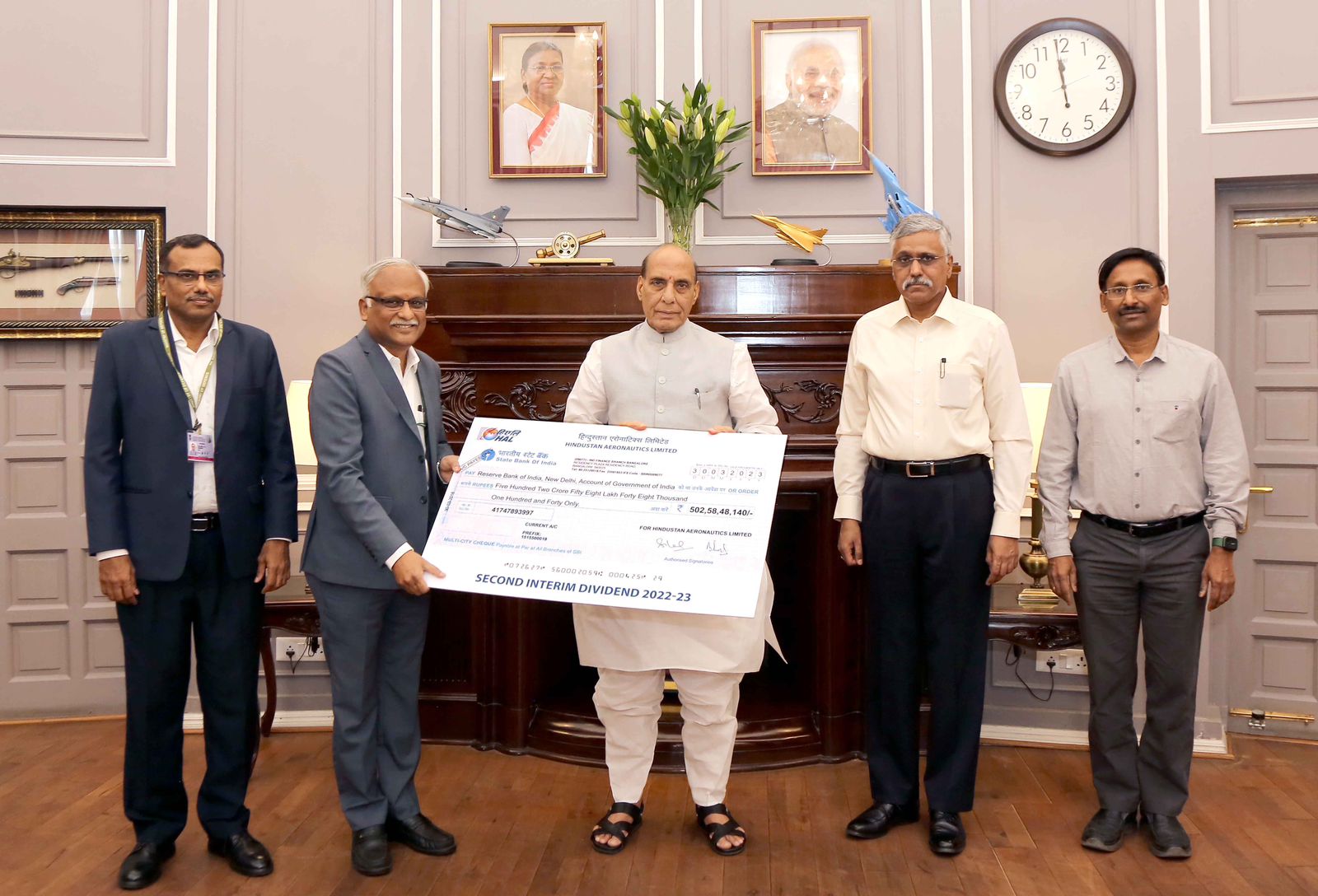Capital account convertibility is not a pre-condition for internationalisation of rupee
Mumbai, NFAPost: An inter-departmental group (IDG) of the Reserve Bank of India (RBI), set up to examine internationalising the rupee, has recommended steps for transactions in the domestic currency popular in other countries, thereby reducing dependence on the dollar.
The panel, headed by Radha Shyam Ratho, suggested a short-term, a medium-term, and a long-term recommendation for this. “The internationalisation of a currency is interlinked with the economic progress, especially its prominence in global trade. The measures… would involve steps towards (in parallel) liberalising the capital account, promoting international usage of INR, and strengthening financial markets.”
The panel said capital account convertibility was not a pre-condition for internationalising the rupee, or vice versa, and that the current level of capital account convertibility gave enough room for initiating steps for internationalisation.
Russia’s invasion of Ukraine last year and the resultant sanctions made many countries cautious of the price they might have to pay if they are subject to similar sanctions by Western governments, the report said.
Such geopolitical developments — apart from an increase in linkages of the Indian economy with the rest of the world in terms of trade and capital flows — has set the stage for the emergence of various other currencies, including the rupee, as prospective ones for use in international transactions, it said.
“The IDG feels that (the) INR has the potential to become an internationalised currency as India is one of the fastest-growing countries and has shown remarkable resilience even in the face of major headwinds,” the report said.
Further, India has made appreciable progress in terms of capital account convertibility, global value chain integration, setting up GIFT city, etc.
Greater use of the rupee in invoicing and settlements in international trade, as well as in capital account transactions, will give the currency a progressively international presence.
The RBI has, since the Russia-Ukraine war started, allowed banks to settle bilateral trade in rupees.
The IDG report said the recent decision by Sri Lanka to formally include the rupee as a designated foreign currency augured well for its incremental internationalisation.
Among the benefits, internationalisation allows the country’s exporters and importers to limit exchange-rate risks.
“…a larger, more efficient financial sector may serve the domestic non-financial sector better by reducing the cost of capital and widening the set of financial institutions that are willing and able to provide capital. This would boost capital formation in the economy, thereby increasing growth and reducing unemployment,” the report said, while highlighting the benefits.
The report highlighted certain challenges such as this may make the rupee’s exchange rate more volatile in the initial stages.
“This would further have monetary policy implications as the obligation of a country to supply its currency to meet the global demand may come in conflict with its domestic monetary policies,” the report said.
However, the report concluded the benefits of internationalisation in terms of limited exchange rate risks, a lower cost of capital due to better access to international financial markets, high seigniorage, and reduced requirements of foreign exchange reserves far outweighed the costs.
In the short term, which is two years, the IDG recommended designing a template and adopting a standardised approach for invoicing, settlements, and payments in rupees and local currencies.
It suggested making efforts to enable the rupee to become an additional settlement currency in existing multilateral mechanisms such as the Asian Clearing Union.
The report said in the short term there was a need to encourage opening rupee accounts for non-residents (other than nostro accounts of overseas banks) both in India and abroad.
There is also a need for strengthening financial markets by fostering a global 24×5 rupee market and promoting India as the hub for rupee transactions and price discovery.
Among the steps that can be taken over the medium term, two-five years, the group recommended waiving withholding tax on Masala bond issuances.
A withholding tax of 5 per cent applies to Masala bond issuances, which appears to tilt the cost materially and adversely for rupee-denominated external commercial borrowing through Masala bonds, the report said.
The report said the use of real time gross settlement for international/cross-border transactions might be explored.
The long-term goal, the report said, would be including the rupee in the International Monetary Fund’s special drawing rights basket.
WHY the move?
· Linkages of the Indian economy with the rest of the world in terms of trade and capital flows have increased over the years
· Russia’s invasion of Ukraine and resultant sanctions reduced dollar dependence
BENEFITS
· Allows India’s exporters and importers to limit exchange rate risk
· Permits domestic firms, financial institutions to access international financial markets without assuming exchange rate risk
RECOMMENDATIONS
· Opening of rupee accounts by non-residents
· Inclusion of Indian government bonds in global indices
· Integration of onshore and offshore forex market
· Waiver of the withholding tax for masala bond issuances
· Expanding RTGS system for settling international transactions
· Banking services in rupee through offshore branches of Indian banks
· Inclusion of rupee in IMF’s SDR basket





